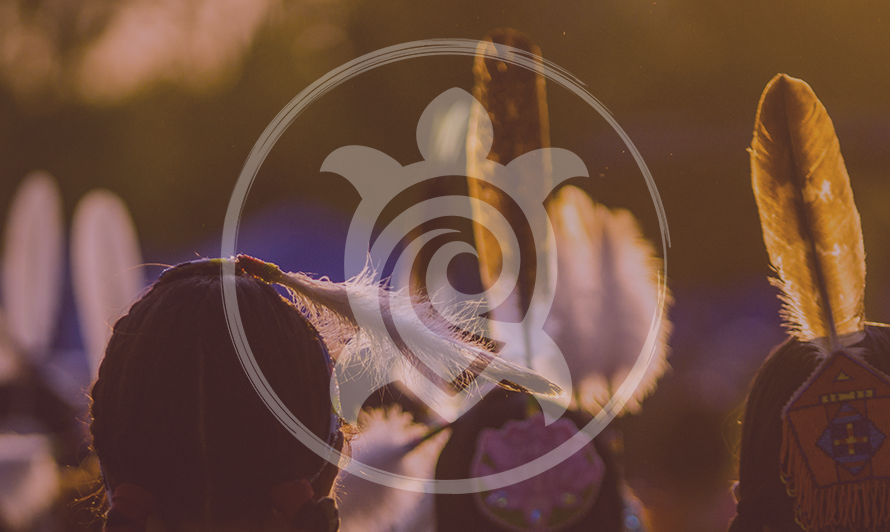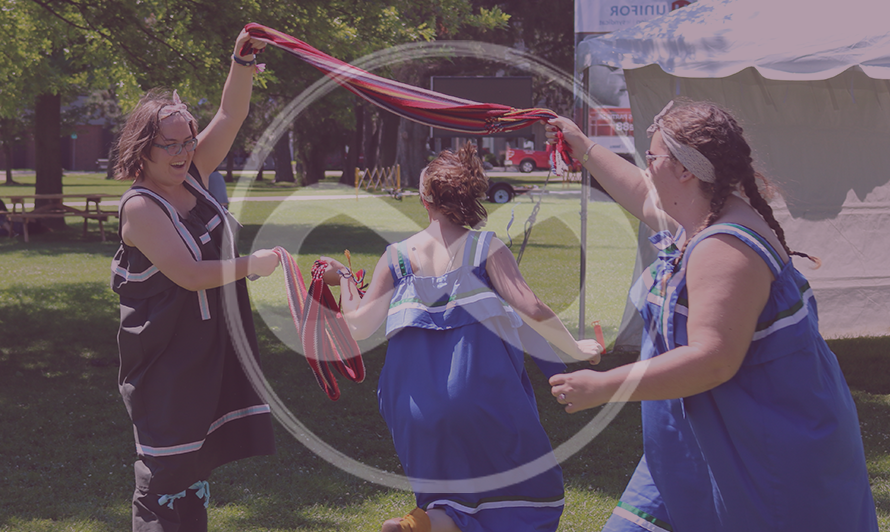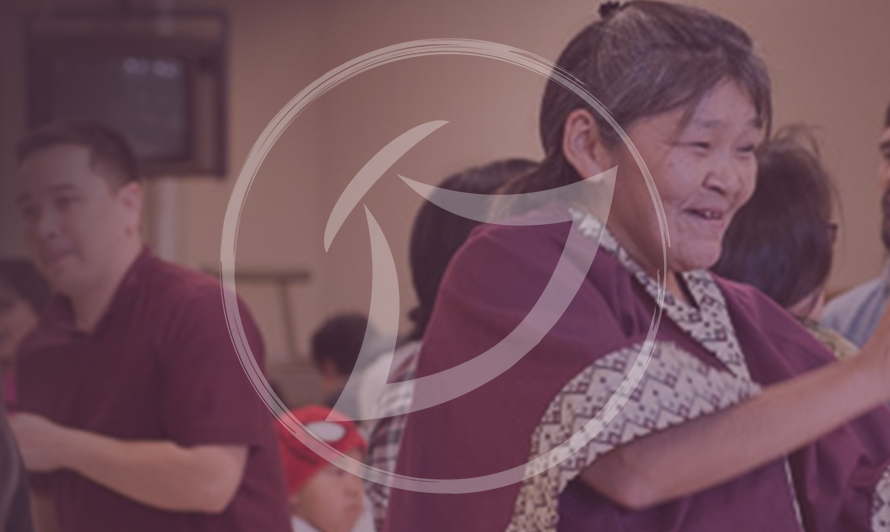First Nations
First Nations peoples are the original inhabitants and owners of this land. Today, there are 133 distinct First Nations in Ontario with their own languages, cultures and customs. These Nations include the Anishinabek (Algonquin, Mississauga, Ojibway, Cree, Odawa, Pottawatomi, and Delaware), Algonquian (Ojibway, Cree and Oji-Cree) and the Haudenosaunee (Mohawk, Onondaga, Oneida, Cayuga, Tuscarora and Seneca).
Over 270,000 Ontarians identify as First Nations, with nearly 203,000 registered under the Indian Act. Forty-six percent of registered First Nations live on-reserve. Out of all the provinces and territories in Canada, Ontario has the largest concentration of First Nations peoples.
Visit Quit Smoking for information about how you can quit smoking.
Tobacco Use
More First Nations adults and teens in Ontario smoke cigarettes than non-Aboriginal adults and teens, although the proportion of off-reserve First Nations who smoke has gone down over time.
-
50% of on-reserve and 44% of off-reserve First Nations males smoke cigarettes, compared with 26% of non-Aboriginal males.
-
49% of on-reserve First Nations females and 41% of off-reserve First Nations females smoke cigarettes compared with 18% of non-Aboriginal females.
-
Nearly a third of on-reserve First Nations teens and 14% of teens living off-reserve are smokers, compared with 4% of non-Aboriginal teens.
-
The percentage of adults who smoke cigarettes is declining in the off-reserve First Nations population, from 51% in 2007 to 39% in 2013.
Traditional or Sacred Tobacco
First Nations peoples have been using traditional or sacred tobacco for thousands of years. Traditional or sacred tobacco differs from commercial tobacco in that it is used in ceremonial or sacred rituals for healing and purifying.
It is grown and dried and so has no additives. First Nations elders teach that tobacco was one of the 4 sacred medicines (Tobacco, Cedar, Sage and Sweetgrass), which was given by the Creator to the first peoples of this land.
Traditional Indigenous Knowledge
As an Elder and spiritual counselor, I grow our own traditional oienkwehonwe or traditional tobacco. I have used this tobacco many times in ceremony when people have gone for surgery, or asked for healing. In the Mohawk way, we do a tobacco burning over the coals of a fire. I have seen many things that others would call miracles happen when I have used oienkwehonwe to beseech help from the Creator. People heal faster. Surgeries have been less complicated. All because when we use the oienkwehonwe to help us and we don’t abuse it, it is a local call to the Creator – no long distance there. LOL.
For people who wish to quit smoking there is a traditional way that I have learned as a Mohawk. The person who wishes to quit has to take part in a ceremony where there is a way put forward for that person to apologize to the spirit that is in our medicine of oienkwehonwe, or traditional tobacco, for misusing the tobacco and its use in the wrong manner. In that way and through that ceremony people can then walk away from the tobacco smoking addiction that formerly held them in its grasp. Our traditions are good and strong when followed and lived in an appropriate manner.
-Mohawk Elder
Traditional or Sacred Tobacco Purposes
-
Prayer, reflection and giving thanks to the Creator or Mother Earth.
-
Communicating with the Spirit world, which includes a powerful spiritual link between the “person giving and the spiritual world receiving.”
-
Purifying and healing the body and mind.
-
Providing spiritual strength, guidance, development and protection.
-
Learning discipline and becoming a better person.
-
Learning respect for the Creator and for all creation.
-
Use as a medicine for a person’s health and well-being.
-
Use in combination with other natural plants and herbs to treat illness.
-
Offerings when picking plant medicines.
-
A symbol of respect in First Nation gatherings or meetings.
-
Relationship building and knowledge exchange between individuals.
Usage of Traditional or Sacred Tobacco
-
Holding tobacco in the left hand and offering it to the Creator; self, family and community; earth, sky, fire and water; four-legged, winged, crawlers, swimmers and all the animals.
-
Sacred pipe ceremonies in which traditional tobacco is not inhaled, though not all sacred pipe ceremonies use tobacco.
-
Not all First Nations use traditional or sacred tobacco. Some use a unique blend of local herbs and medicines for their own ceremonial practices instead.



